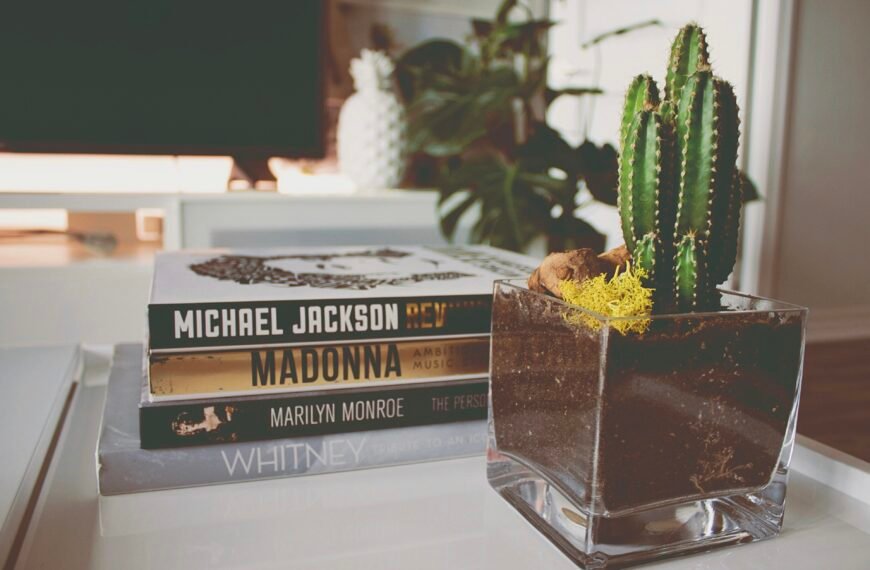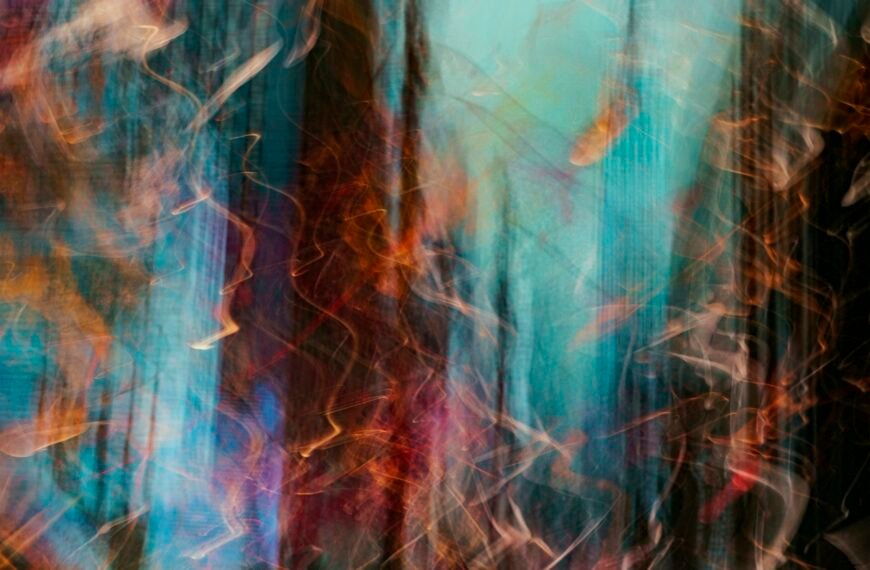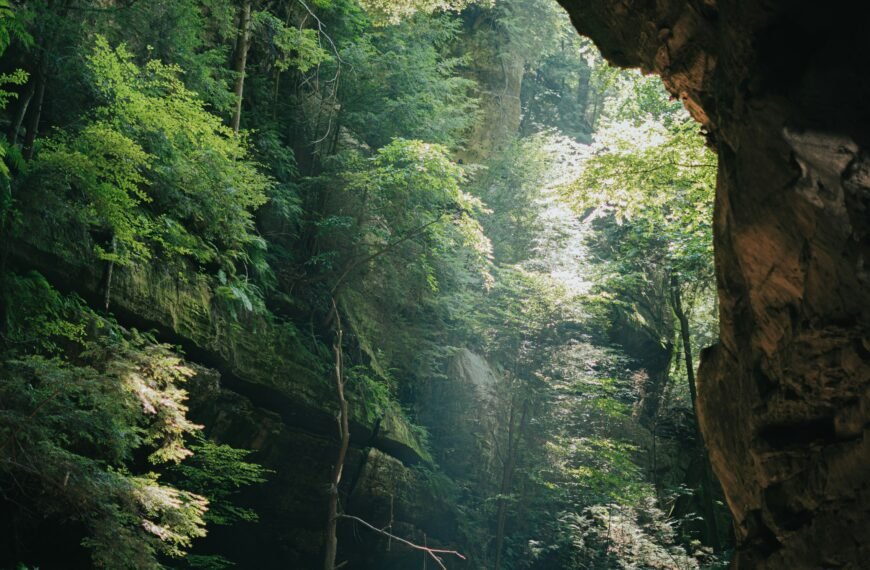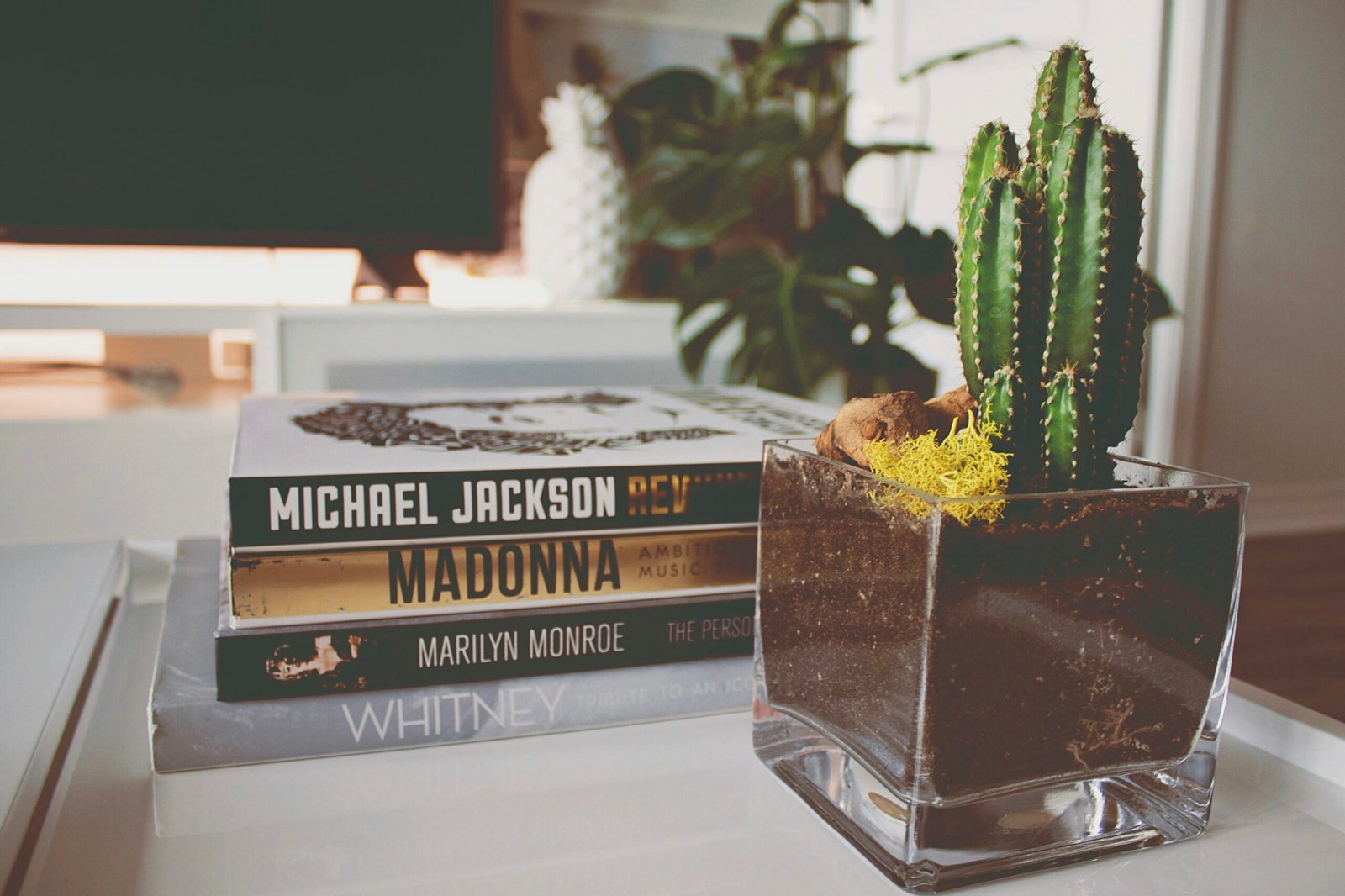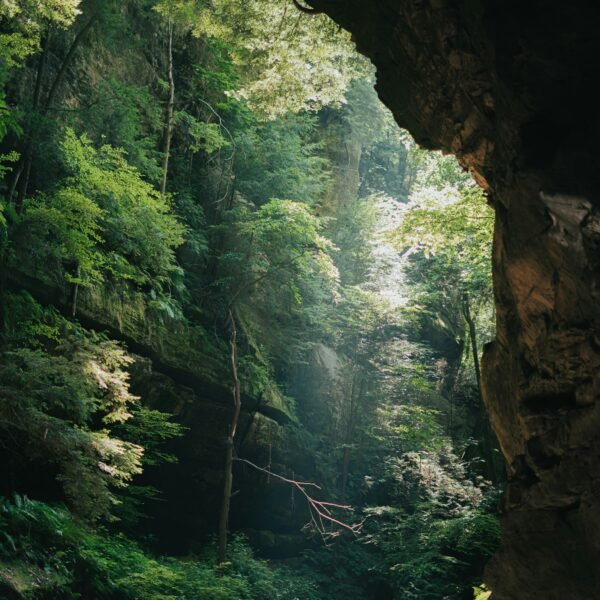Discover the captivating legacy of photographer Saul Leiter as he embraces color in his work. In a time when color photography was often considered trivial, Leiter defied convention by combining his painterly skills with his photographic eye. Through his use of everyday filters and the fragmentation of reality, Leiter’s photographs resemble abstract paintings. The “Saul Leiter: Centennial” exhibition at the Howard Greenberg Gallery showcases his pioneering color pictures alongside his masterful black-and-white photography. Don’t miss the opportunity to explore Leiter’s unique perspective and artistic vision.

The Early Years of Saul Leiter
Introduction to Saul Leiter
Welcome to the fascinating world of Saul Leiter, an American photographer who made a significant impact on the art of color photography. Born in 1923, Leiter’s unique perspective and artistic vision continue to inspire photographers and art enthusiasts around the world. In this comprehensive article, we will explore Leiter’s early years, his shift to color photography, his approach to composition, and his lasting legacy in the art world.
Leiter’s background as a painter
Before delving into Leiter’s photographic journey, it is important to understand his background as a painter. While photography became his main focus, Leiter’s early artistic training as a painter greatly influenced his approach and style. Leiter’s keen eye for composition and color can be attributed to his understanding of the principles of painting. This fusion of painting and photography would become a defining element of Leiter’s work.
Color photography in the 1940s
During the 1940s, color photography was not considered a serious medium of artistic expression. It was often dismissed as a mere tool for commercial purposes or snapshots taken by amateurs. However, Leiter saw the potential of color photography and its ability to capture the fleeting moments of everyday life. He believed that color, when used thoughtfully, could elevate the ordinary into something extraordinary.
Discovering the Power of Color
Leiter’s shift to color photography
In the late 1940s, Leiter made a pivotal decision to delve into color photography. This marked a significant departure from the prevailing trend of black-and-white photography among serious photographers of the time. Leiter saw color as a means to convey emotions, evoke nostalgia, and create a visual language that transcended traditional photography.
Scorn from fellow photographers
Leiter’s decision to focus on color photography was met with scorn and skepticism by many of his contemporaries. The art world was slow to embrace color photography as a legitimate form of artistic expression. However, Leiter remained undeterred, continuing to explore the possibilities that color offered in his work.
Breaking boundaries with everyday filters
Leiter’s commitment to pushing the boundaries of color photography led him to experiment with everyday filters. He discovered that raindrops on a window, snowflakes in the air, or reflections in glass could add a unique texture and depth to his compositions. These unexpected elements became a hallmark of Leiter’s work, setting him apart from his peers and expanding the possibilities of artistic expression in color photography.

Exhibition and Monograph
Overview of the ‘Saul Leiter: Centennial’ exhibition
To commemorate Saul Leiter’s centennial year, the Howard Greenberg Gallery organized an exhibition titled ‘Saul Leiter: Centennial’. This comprehensive retrospective showcased a wide range of Leiter’s iconic color photographs and paintings. The exhibition provided a rare opportunity to witness the evolution of Leiter’s artistic style and to appreciate his contribution to the field of color photography.
Photographs and paintings at the Howard Greenberg Gallery
The ‘Saul Leiter: Centennial’ exhibition featured a curated selection of Leiter’s photographs and paintings, offering visitors a glimpse into his creative process and the breadth of his artistic vision. From intimate street scenes to abstract compositions, the exhibition highlighted Leiter’s ability to transform everyday moments into poetic visual narratives.
Closing date and location
The ‘Saul Leiter: Centennial’ exhibition was held at the Howard Greenberg Gallery in Manhattan, New York. Unfortunately, the exhibition has now come to a close. However, Leiter’s work continues to be celebrated and showcased in various galleries worldwide, ensuring that his legacy lives on.
Introduction to the monograph ‘Saul Leiter: The Centennial Retrospective’
Accompanying the exhibition was the monograph ‘Saul Leiter: The Centennial Retrospective’, a comprehensive publication that offers a deeper exploration of Leiter’s life and work. The monograph features essays from prominent art critics and historians, as well as a curated selection of Leiter’s most iconic photographs. It serves as an essential resource for understanding Leiter’s artistic journey and his significant contributions to the art world.
Leiter’s Approach to Composition
Fragmenting reality through composition
Leiter’s approach to composition was characterized by his ability to fragment reality, capturing fleeting moments and transforming them into poetic visual narratives. He had a keen eye for finding beauty in the ordinary and the mundane. Through his careful arrangement of elements within the frame, Leiter created compositions that invited viewers to see the world through a fresh, unexpected lens.
Influence of Abstract Expressionist painters
Leiter’s training and background as a painter strongly influenced his approach to composition in photography. Inspired by the Abstract Expressionist movement, he embraced unconventional angles, bold color palettes, and a sense of spontaneity in his photographs. Leiter blurred the boundaries between painting and photography, creating images that were both visually striking and emotionally evocative.
The use of everyday filters
One of Leiter’s unique contributions to color photography was his use of everyday filters. He discovered that elements such as raindrops, snowflakes, and reflections could act as natural filters, adding texture and depth to his images. These unexpected elements became essential in creating the dreamlike quality that defines much of Leiter’s work. By embracing these accidents and imperfections, Leiter embraced the unpredictable beauty of life itself.

The Legacy of Leiter’s Color Photography
Recognition and appreciation of Leiter’s pioneering work
Despite the initial skepticism from his contemporaries, Saul Leiter’s pioneering work in color photography eventually gained recognition and appreciation. As the art world began to embrace the power of color, Leiter’s photographs became highly sought after, with exhibitions and retrospectives dedicated to showcasing his artistic contributions.
Influence on contemporary photographers
Leiter’s unique approach to color photography continues to influence and inspire contemporary photographers. His ability to capture the essence of a moment, his innovative use of color and composition, and his willingness to push the boundaries of the medium have left an indelible mark on the world of photography. Many photographers today cite Leiter as a major influence in their own work, acknowledging his role in expanding the possibilities of color photography.
Revisiting Leiter’s color photographs
As we celebrate Saul Leiter’s centennial year, there is no better time to revisit his iconic color photographs. Whether exploring the vibrancy of street scenes, the intimacy of portraits, or the abstract beauty of everyday life, Leiter’s work continues to captivate and inspire. His photographs serve as a reminder that beauty can be found in the most unexpected places, encouraging us to see the world with a renewed sense of wonder.
Exploring Leiter’s Black-and-White Photography
Similar strategies in black-and-white
While Saul Leiter is best known for his pioneering work in color photography, his black-and-white photographs also deserve recognition. Leiter employed similar compositional strategies in his monochromatic images, focusing on the interplay of light and shadow, and the subtle gradations of tone. These photographs offer a different perspective on Leiter’s artistic vision, showcasing his mastery of both color and monochromatic palettes.
Attention to monochromatic elements
In his black-and-white photographs, Leiter paid meticulous attention to the monochromatic elements within the frame. Whether it was a shadowed street, a play of light on a building, or the contrasting textures of different surfaces, Leiter skillfully captured the nuances and intricacies of the black-and-white medium. These photographs demonstrate his ability to transform the ordinary into something extraordinary, regardless of the absence of color.
Comparisons to paintings by Ryman and Reinhardt
Leiter’s black-and-white photographs have often been compared to paintings by renowned artists such as Robert Ryman and Ad Reinhardt. Like these Abstract Expressionist painters, Leiter embraced minimalism, focusing on subtle changes in tone and texture to create visually compelling compositions. The similarities between Leiter’s photographs and these paintings highlight the intersection of painting and photography in his work, blurring the boundaries between the two mediums.
Saul Leiter’s Inspirations and Influences
Abstract Expressionist painters
As mentioned earlier, Saul Leiter drew inspiration from Abstract Expressionist painters. The spontaneity, boldness, and emotional depth of their work resonated with Leiter, influencing his approach to composition and color. By incorporating aspects of Abstract Expressionism into his photography, Leiter challenged the traditional conventions of the medium and paved the way for new possibilities.
Street photography pioneers
Leiter was also inspired by the pioneers of street photography. Photographers such as Henri Cartier-Bresson and Walker Evans, among others, documented everyday life with an unflinching eye. Leiter admired their ability to capture raw emotions and the essence of a moment. Their influence can be seen in Leiter’s own street photography, where he captured candid moments with a similar level of authenticity and sensitivity.
Personal artistic journey
While Leiter found inspiration in the work of other artists, his style remained uniquely his own. His personal artistic journey is evident in his photographs, which reflect his unique perspective and vision. Leiter’s ability to find beauty in the ordinary, his emphasis on color and composition, and his willingness to experiment and take risks all contribute to the distinctiveness of his work.
The Significance of Leiter’s Work
Challenging the traditional perception of color photography
Saul Leiter’s work challenged the traditional perception of color photography, elevating it to a respected and valued art form. By capturing the subtle nuances of color, light, and shadow, Leiter demonstrated that color photography could convey complex emotions and tell compelling visual stories. His photographs challenged the notion that black-and-white photography was inherently more artistic or serious, paving the way for a new appreciation of color in the art world.
Elevating everyday scenes to works of art
Leiter had a remarkable ability to transform everyday scenes into works of art. Whether it was a rainy street, a crowded sidewalk, or a quiet moment in a café, Leiter found beauty in the mundane. Through his photographs, he invited viewers to pause, look closely, and appreciate the simple moments that often go unnoticed. This ability to elevate the ordinary into the extraordinary is a testament to Leiter’s unique artistic vision and his ability to find beauty in the world around him.
The intersection of painting and photography
One of the most significant aspects of Saul Leiter’s work is the seamless intersection of painting and photography. Influenced by his background as a painter, Leiter brought a painterly sensibility to his photographs. His understanding of color theory, composition, and aesthetics informed his approach to photography, blurring the boundaries between the two mediums. Leiter’s work serves as a reminder that art is not confined to a single medium, but rather, can transcend traditional categorizations.
Understanding Leiter’s Unique Style
Embracing imperfections and accidents
Saul Leiter embraced imperfections and accidents in his work, recognizing that they often added depth and character to his photographs. Whether it was the unexpected blur of a passing figure or the distortions created by everyday filters, Leiter embraced these elements, seeing them as opportunities to create something unique. By embracing the unpredictable nature of photography, Leiter added a sense of spontaneity and authenticity to his images.
Attention to color palettes and textures
Color palettes and textures played a crucial role in Leiter’s photographs. He carefully curated his color choices, seeking harmony and balance within each frame. Leiter’s attention to texture, whether it was the softness of falling snow or the roughness of peeling paint, added depth and tactile qualities to his images. These deliberate choices added richness and visual interest to his photographs, further enhancing the immersive experience for viewers.
The balance between abstraction and realism
One of the defining characteristics of Saul Leiter’s work is the balance between abstraction and realism. He captured the essence of a scene or a moment, but often imbued it with a dreamlike quality, blurring the line between reality and imagination. Leiter’s photographs invite viewers to engage with the images on both an emotional and intellectual level, allowing for personal interpretations and connections.
Conclusion: Saul Leiter’s Lasting Impact
Celebrating Leiter’s centennial year
As we celebrate Saul Leiter’s centennial year, we honor his significant contributions to the art of color photography. Leiter’s unique style, his innovative use of color and composition, and his ability to capture the beauty in everyday life continue to inspire and influence photographers and artists around the world. His centennial year serves as a reminder of the enduring power of his work and the impact he has had on the art world.
Continued exploration of color in photography
Saul Leiter’s pioneering work in color photography paved the way for a new generation of photographers to explore the possibilities and potential of color. His willingness to push boundaries and challenge traditional perceptions opened doors for future artists to experiment and push the medium forward. Leiter’s legacy encourages photographers to continue exploring color as a powerful tool for visual storytelling and artistic expression.
Legacy and influence in the art world
Saul Leiter’s influence extends far beyond the realm of photography. His unique perspective, his fusion of painting and photography, and his ability to capture the essence of a moment have resonated with artists across various disciplines. Leiter’s work continues to inspire and influence contemporary artists, reminding us of the timeless and universal nature of his artistic vision.
In conclusion, Saul Leiter’s contribution to the art of color photography cannot be overstated. His ability to elevate the ordinary into the extraordinary, his innovative use of color and composition, and his willingness to push the boundaries of the medium have left an indelible mark on the art world. As we continue to celebrate his centennial year, let us carry forward his spirit of exploration, creativity, and appreciation for the beauty that surrounds us.


